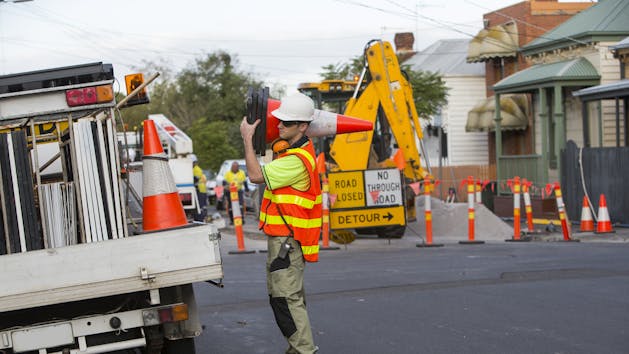Find the right solution for your business with our free Fleet Management Buyer’s Guide.
Track Driving Behavior Without Riding Shotgun
It’s a staple scene in practically every action movie: The renegade protagonist gets behind the wheel with his or her costar and is involved in a car chase of epic proportions.
Our hero is a certified stunt driver, whipping the car around corners and through tight alleyways with an expressionless look on his face, completely calm while gunning it through one near-death experience after another.
The passenger in the front seat, on the other hand, is looking for a barf bag. “Watch out!” and “Slow down!” are the only words in between terrified yelps.
While we all wish we could be the next James Bond or Laura Croft, I think we all agree that reenacting our favorite scenes from “Gone in 60 Seconds” while driving the company’s vehicle is a universal no-no.
But other than sitting shotgun with your drivers, how do you know whether they’re engaging in risky driving behavior? Your people and your vehicles are the two most important assets of a mobile workforce, and dicey driving puts both at risk. That’s why so many businesses are turning to GPS vehicle tracking.
Keeping your people and vehicles running
Fleet tracking systems today can do much more than just pinpoint company vehicles on a map. Along with optimizing routes and dispatching drivers, they can also detect and collect data on harsh driving activity.
Things like speeding, quick starts, hard braking and harsh cornering all put a driver’s safety at risk. By alerting drivers to these risky behaviors, companies can significantly decrease the chances that their team will be involved in an accident or incur speeding tickets.
But these unsafe driving habits also take a major toll on fleets. Fuel costs aside, speeding and harsh acceleration/braking increases the frequency of maintenance. Less aggressive driving can reduce the wear and tear on the vehicles, resulting in lower overall maintenance costs.
Issuing a report card
So, how do you keep track of it all? The answer is by gathering data. GPS fleet tracking can aggregate driving data into a simple dashboard, exporting driver habits into a simple scorecard or report card. This allows fleet managers to easily identify high-risk drivers and help reduce risk.
Need more than a static report card? Take it a step further by adding near real-time alerts around dangerous driving, so your high-risk drivers feel like someone is actually riding shotgun during their next James Bond maneuver. This way, fleet managers know when dangerous driving occurs.
And while safe driving equates to lower maintenance costs over time, it can also result in lower insurance costs. Many insurance companies offer discounted liability premiums as a reward for companies that use GPS tracking systems to improve driver safety.
When drivers are safe, vehicles are in tip-top shape and your organization saves money, what do you have to lose? Installing a GPS vehicle tracking system may kill the dreams of wannabe stunt drivers everywhere, but jumping a rising drawbridge in a Ford E-Series jobsite van isn’t really advised, anyway.
Find out how our platform gives you the visibility you need to get more done.




